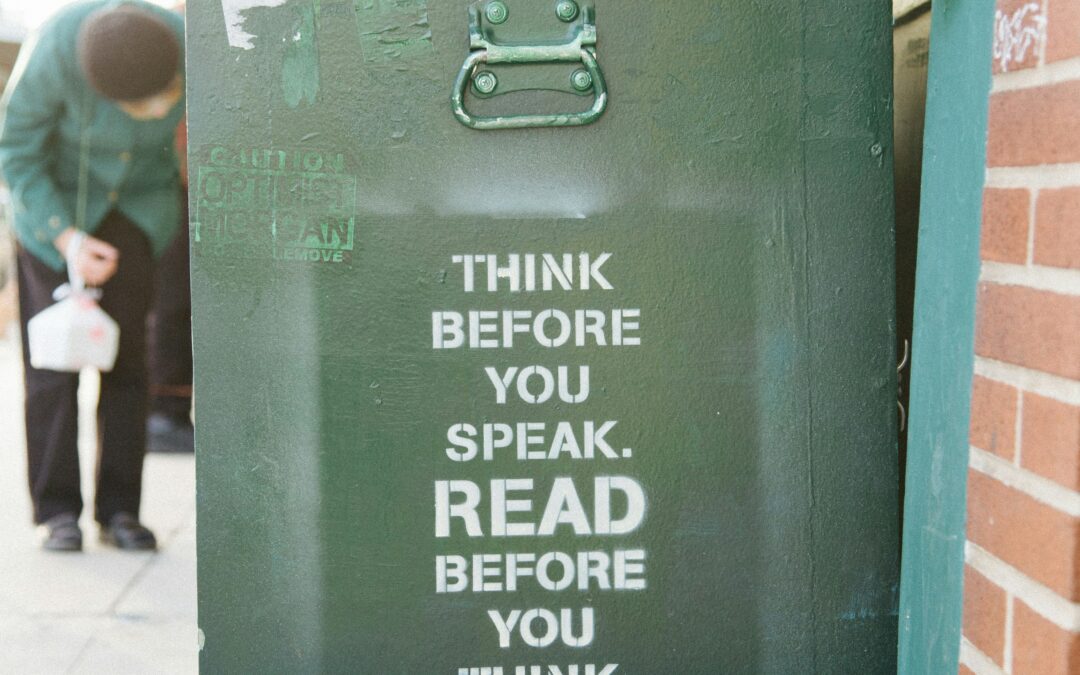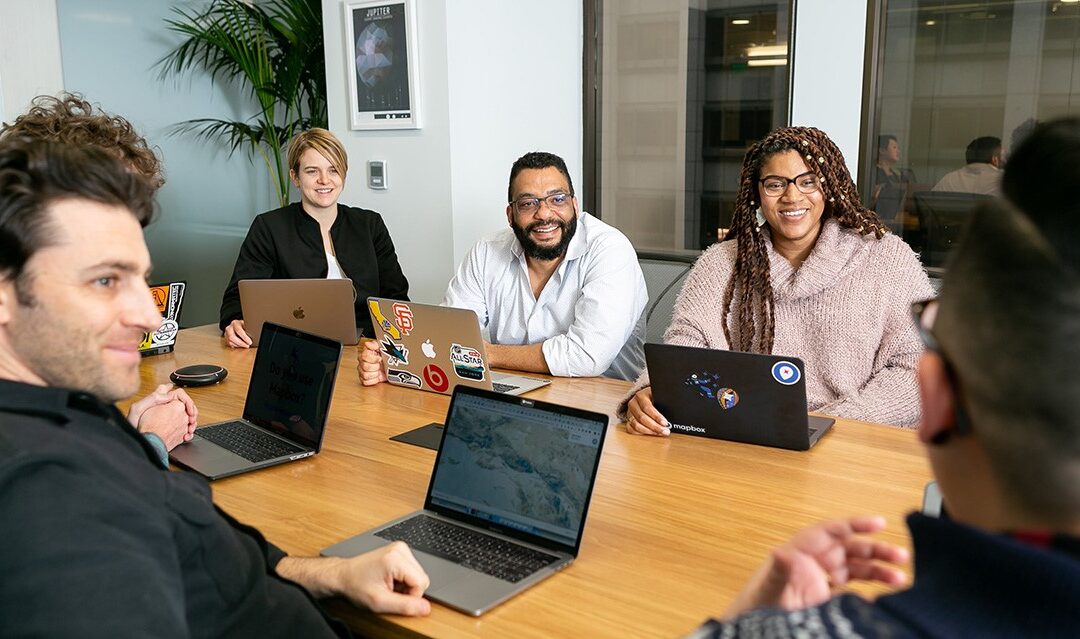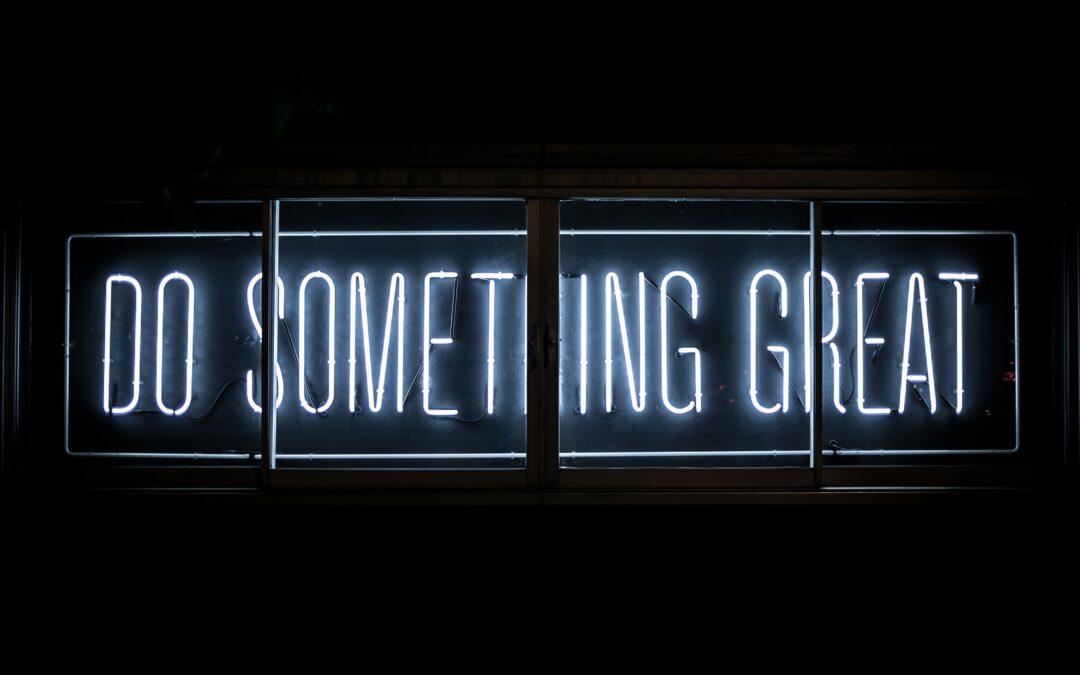“No matter who wins the upcoming election, there’s going to be a need for healing in this country,” said Dr. Eduardo Sanchez, Chief Medical Officer for Prevention at the American Heart Association. After attending my presentation, Eduardo said, “Cultural intelligence is an answer to the political divide.”
I asked him: “I think so too, but what prompts you to say that?”
Eduardo: “The root cause of the political divide is binary thinking. Binary thinking is a false narrative. There’s always more to the story about a person or problem. With cultural intelligence, you’re teaching people to really listen to others, learn their story and seek common ground. It’s like the middle space that overlaps the parts in a Venn diagram. Until you share your story and describe the nuance of your thinking, neither of you can imagine there’s common ground between you.”
Amy: “I like your analogy of the Venn Diagram. That helps me picture this. We don’t have to agree on all points; we can listen and find out where our thoughts, feelings and values overlap. Eduardo, what do you do when someone makes a strong statement that’s off-putting or maddening to you?”
Eduardo: “How does anyone engage in conversations with people who seem to completely disagree or are caught up in an exclusive agenda? You have to dig down with that person and learn more about their perspective. I often discover that they too care for people.
“I’ve heard people say that what makes Latinos unique is that they love to dance to good music and they love to eat good food. I can’t imagine there isn’t a person or group on this earth that doesn’t like to eat the food and dance to the music they love. That’s the common ground, if we look for it. But with wider gaps and tough topics, you have to dig down to get to the common ground.”
Amy: “That’s where we can be a healer – in our workplaces, community spaces, and homes – and figure out what brings us together. What is the divisor – the dividing factor – in a conversation?”
Eduardo: “I can give you an example. We may not all agree that everyone has the right to have health insurance but it is true that the lifespan in the U.S. is shorter overall than in most other Western countries. We can probably agree that there are health challenges that need to be addressed and identify the problem or pain point we can agree on. Then work from there.”
Amy: “So the problem or pain we want to solve is what leads us to the common ground where we can meet?”
Eduardo: “Yes. There are two places where we get hung up and run into division – 1) when we’re trying to figure out the cause of the problem and 2) when we’re trying to determine what the solution should be. For the sake of healing or coming back together, we need to set aside what we think caused the problem and what we think will be the solution and instead figure out the pain we want to address.”
Amy: “So rather than getting hung up on a battle-ground issue, we can focus on finding the pain we can agree on that we’d like to address. Can you share an example?”
Eduardo: “Books in libraries is a battle-ground issue. If you think about it, the number of books people are concerned about isn’t really that many. Instead, let’s focus on an issue I think we can all agree on: all children should be able to read at least at grade level.”
Amy: “You’re right, so many of us can agree that children should be able to read at least at grade level. I’m curious, what prompts you, as a medical doctor, to be thinking about getting kids reading?”
Eduardo: “After I finished my residency, I was a doctor in clinical care for 10 years, serving low-income families mostly without insurance. It turns out that level of education predicts health. More education results in better health for so many reasons.
“Back to kids and reading. It also turns out that kids in households with lower income are less likely to have books in their homes. There’s a correlation between the number of books in the home and how kids do in school. More books equal higher vocabulary in kindergarten, which increases the likelihood of reading on grade level by third grade, which means a higher likelihood of graduating from high school.
“This cascade sets the stage for at least one year of higher education or certificate training. At least one year of higher education or training equals a longer life. So, instead of sample drugs, I had children’s books in my exam rooms. Each child got a book before they left my office. For younger children, I’d tell the parents that by reading books to their kids, the kids will…
- Enter school with more vocabulary
- Grow greater a bond with them [their parents]
- Realize that, between the front and back covers, there’s an adventure.
“Some parents were embarrassed that they couldn’t read. I’d tell them that their kids didn’t know whether or not they could read. I’d say, “Use the pictures and make up a story. Your child will learn words, bond with you, and enjoy an adventure. That would satisfy them.”
Amy: “While you treated individual medical issues, you also took the opportunity to address a public health issue.”
Eduardo: “Yes. Books improve long-term health outcomes. The point is, getting kids reading is something we can all agree is worth addressing. I hope this helps.”
Amy: “It does! Thank you for helping me see how you’re using cultural intelligence – compassion for another’s context – to find common ground with a person with whom you may initially disagree.”
To recap, here are three steps for overcoming division and creating change together:
- Rather than focusing on the battle-ground issue, seek a common-ground problem. You can ask: “What’s the pain or problem that is upsetting to us both?”
- Don’t strive to convert, seek to cooperate. You can ask: “What can we do together to address the pain?”
- Speak to the dignity within each person. You can ask: “How can we learn more so that all the stakeholders are involved in the eventual solution?”
Eduardo is right, cultural intelligence offers a path to seek a shared understanding and mutual appreciation. No doubt, these three steps take time, tenacity and tenderness. The best part though is that these three steps lead to win-win scenarios that bridge divides and nourish human connection in workplaces and community spaces. That’s what creates a sense of safety and belonging in any organization.
To learn more tools that create a sense of safety, belonging and connection in just six thirty-minute sessions, individual employees and work teams can take my online course, Awkward to Awesome. Hosted by MaryvilleWorks, the course provides innovative, market-relevant workforce development solutions designed to meet your needs and complement your business strategy.
Photo by Manuel Mnvx on Unsplash










